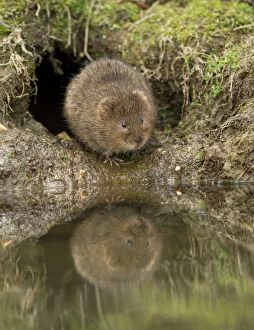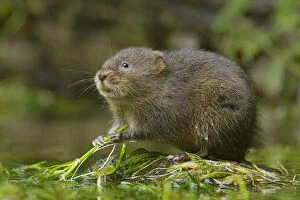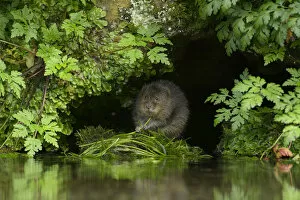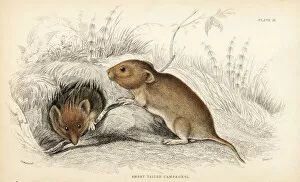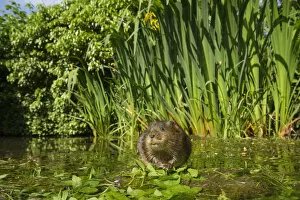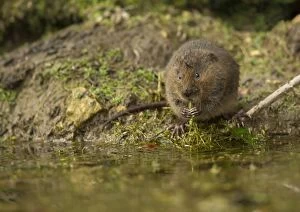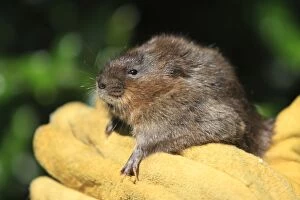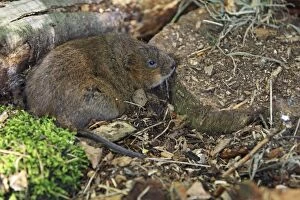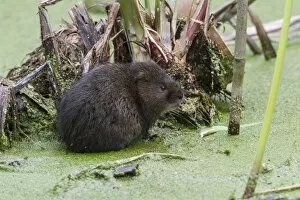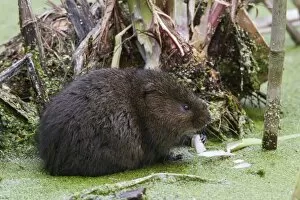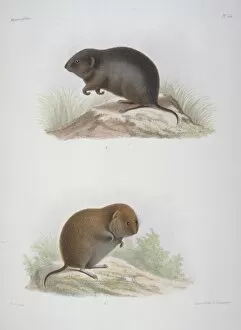Arvicola Collection
"Discovering the Enigmatic Arvicola: A Tale of Water Voles in Kent, UK" In the picturesque landscapes of Kent, UK
All Professionally Made to Order for Quick Shipping
"Discovering the Enigmatic Arvicola: A Tale of Water Voles in Kent, UK" In the picturesque landscapes of Kent, UK, a fascinating creature known as the Arvicola amphibius thrives. Picture No. 11091998 captures this elusive water vole engrossed in its daily feeding routine during a serene May day. Feeding on aquatic plants with utmost delicacy, these charming creatures display their dexterity and adaptability to their watery habitat. The image showcases their innate ability to find sustenance amidst the lush vegetation that surrounds them. As September arrives, we witness another glimpse into the life of these enchanting rodents. Against the backdrop of autumnal hues, our furry friend can be seen feasting at the edge of water once again. Their presence is a testament to their resilience and resourcefulness even as seasons change. December brings colder temperatures and yet our resilient protagonist remains steadfast by continuing its search for nourishment along Kent's waterside. Standing on hind legs while sniffing blackberries reveals not only their curiosity but also highlights how they embrace nature's offerings. The captivating sight of two Water Voles engaged in an intense fight reminds us that survival often demands competition among species. This colored photo serves as a reminder that harmony coexists with rivalry within nature's intricate tapestry. While exploring other members of this family, we encounter both Taiga voles and Bank voles who share habitats with our beloved Arvicola amphibius. Each species contributes to maintaining ecological balance through unique roles they play within this delicate ecosystem. August unveils yet another chapter in the lives of these remarkable creatures as they continue feeding at waters' edge against a vibrant summer backdrop. Their presence serves as an inspiration for us all to appreciate and protect these fragile habitats where such beauty thrives. Arvicola amphibius - more than just a name; it represents resilience, adaptability, and harmonious existence amidst the ever-changing tides of life.

